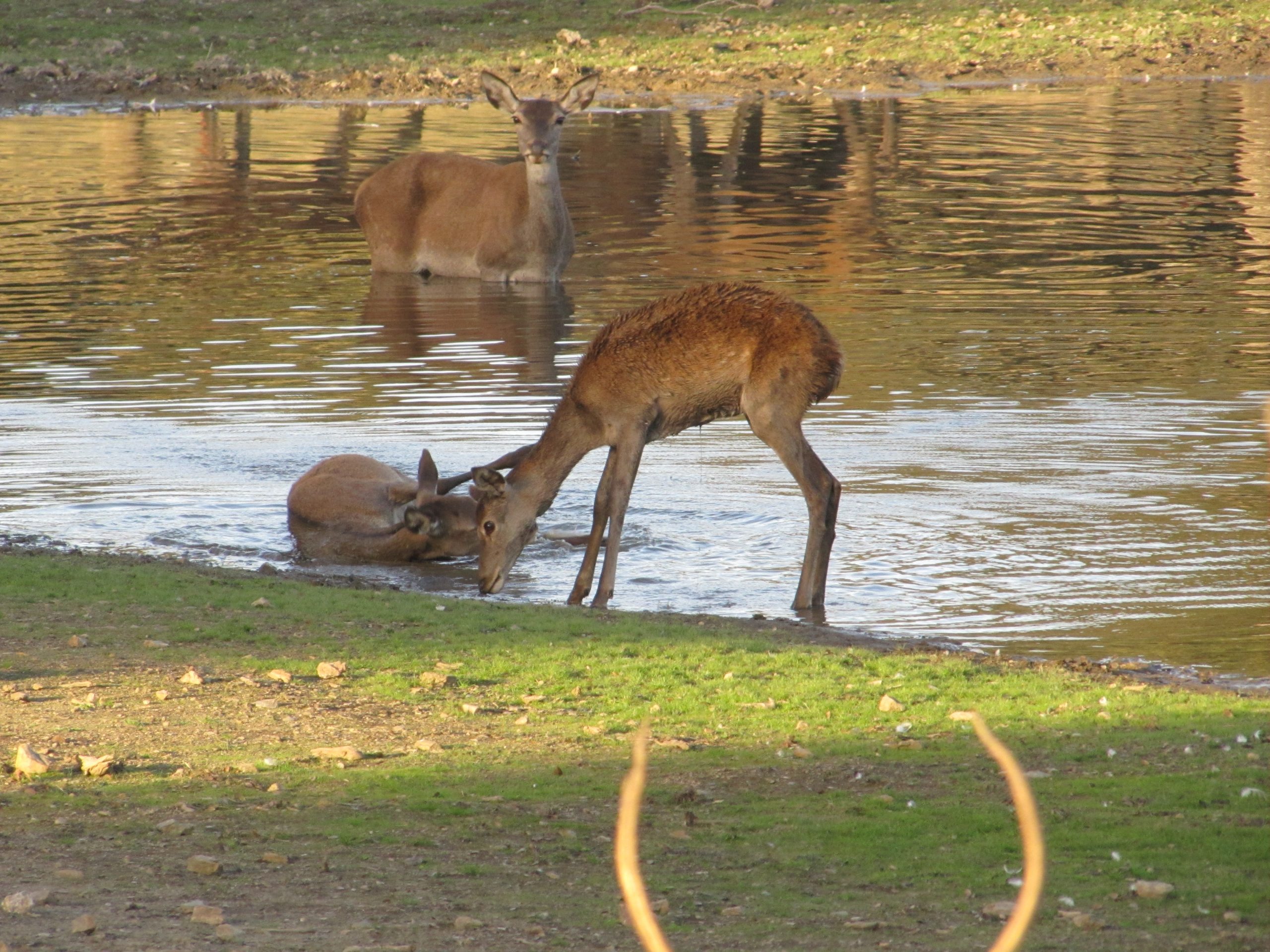Prevalence of selected tick-borne pathogens in wild ungulates and ticks in southern Spain
Transboundary and Emerging Diseases
Abstract
A survey study was carried out to assess the occurrence of selected tick-borne pathogens (TBP) in wild ungulates in Mediterranean ecosystems in southern Spain. Spleen samples were collected from 1,132 wild ungulates, including 578 red deer, 269 wild boar, 135 mouflon, 121 fallow deer and 29 roe deer, between 2009 and 2015. Eighty-nine ticks collected from TBP-positive animals were also analysed. Samples were tested by PCR and sequenced whenever possible. TBP DNA was detected in 127 of 863 wild ruminants (14.7%; 95% CI: 12.4–17.3) including the following: Anaplasma phagocytophilum (9.2%), Babesia divergens (2.9%), Theileria sp. OT3 (1.7%), Borrelia afzelii (0.7%) and Theileria capreoli (0.2%), but no positive samples were detected in wild boar (0/269). All the strains from mouflon were identified as Theileria sp. OT3, while B. divergens and T. capreoli were mainly found in red deer. Co-infection with A. phagocytophilum and B. divergens, and A. phagocytophilum and Theileria spp. was detected in red deer and mouflon, respectively. The risk factor analysis showed that the prevalences of A. phagocytophilum and piroplasms were species-related. Eighty-nine tick specimens collected from ungulates found to be infected with the selected TBP were identified as Hyalomma lusitanicum (95.5%) and Ixodes ricinus (4.5%). Thirty ticks were positive for Anaplasma/Ehrlichia spp. (33.7%), 25 for Babesia/Theileria (28.1%) and two for B. burgdorferi s.l. (2.3%). Eleven specimens showed co-infections with Anaplasma/Ehrlichia and Babesia/Theileria (10.1%) or Anaplasma/Ehrlichia and B. burgdorferi s.l. (2.3%). The estimated prevalences obtained in the present study suggest the possible contribution of wild ruminants to the maintenance of some selected TBP in Mediterranean ecosystems in southern Spain, while the role of wild boar in the epidemiology of these pathogens seems to be limited in this region.




